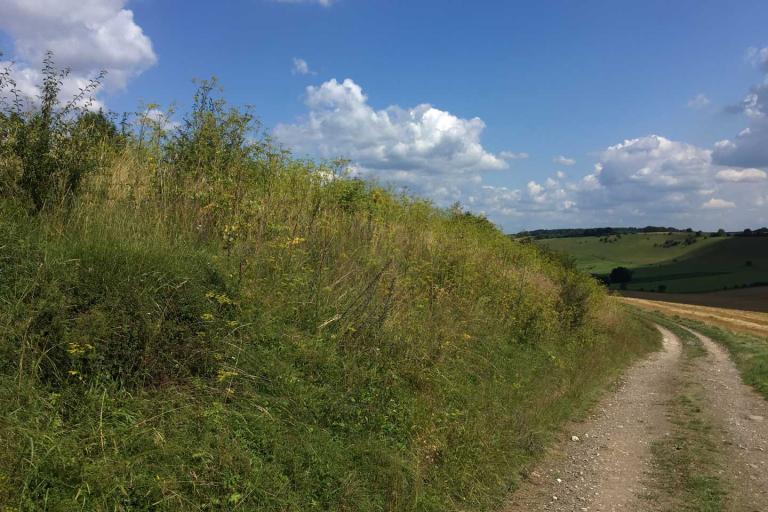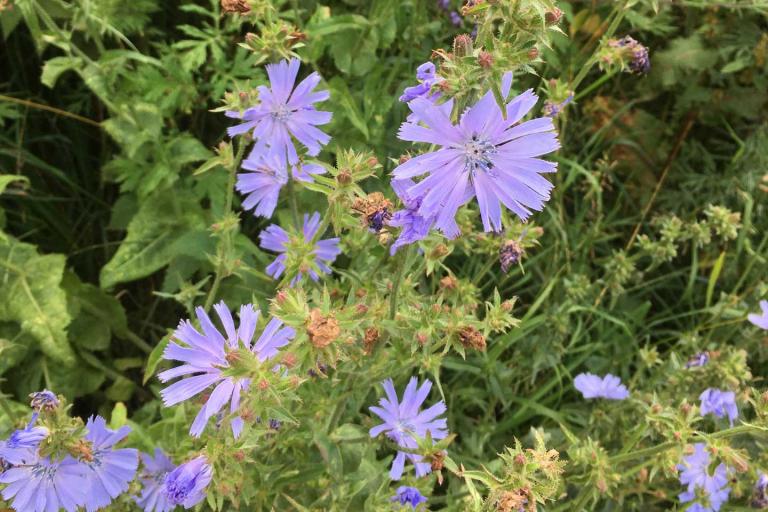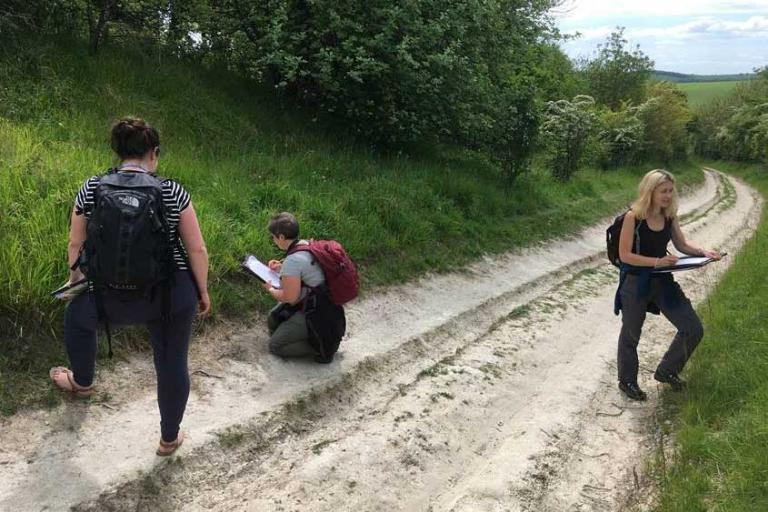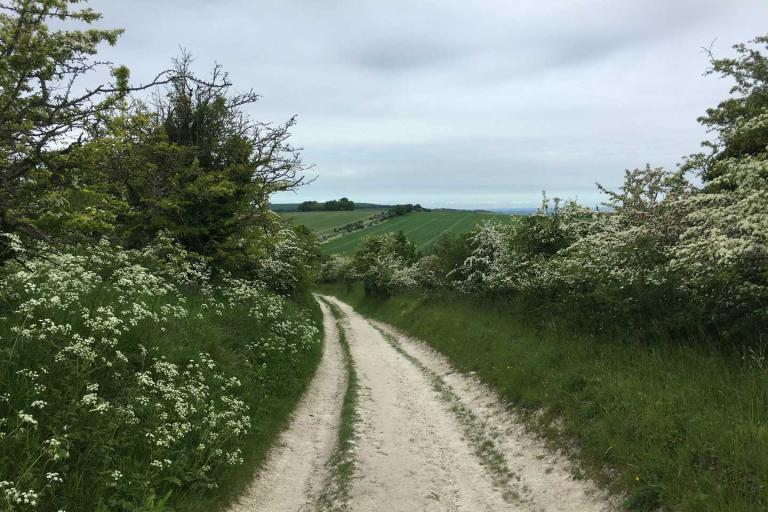We worked with National Trails and North Wessex Downs AONB to conduct a baseline biodiversity assessment of The Ridgeway.
The survey area
The area stretched from Avebury to Streatley and included 29.7 ha of lowland calcareous grassland. Of that area, 18.4 ha are designated local wildlife sites (LWS). We proposed an additional area of 0.5ha as likely to be of county interest, and it was accepted as an Oxfordshire LWS.

Our findings
We made 6344 species records for over 330 species, including 307 plants. We recorded incidental sightings of several other species, including:
- invertebrates
- reptiles
- mammals
We added 134 records for protected and notable species, including the following species.
England red list - vulnerable species:
- sainfoin
- basil thyme
- white helleborine
- chicory

England red list -near threatened species:
- quaking grass
- carline thistle
- harebell
- field scabious
- devil's-bit scabious
- spiny restharrow
- crosswort
- eyebright
- hoary plantain
- common rockrose

Overall, we recorded a good range of typical and indicator species for lowland calcareous grassland (with 32 indicator species and 21 typical species).
This project has identified:
- 28 locations covering 10.5ha where priority grassland habitat would be valuable to maintain
- 115 locations totalling 33.4 ha for potential restoration through additional management. These include
- 53 considered to be of high priority and 62 of medium priority
The future
With a bit of extra attention, some sections of The Ridgeway National Trail have the potential to enhance their biodiversity interest. Targeted conservation management could increase the number of wildflowers and insects along the trail.
